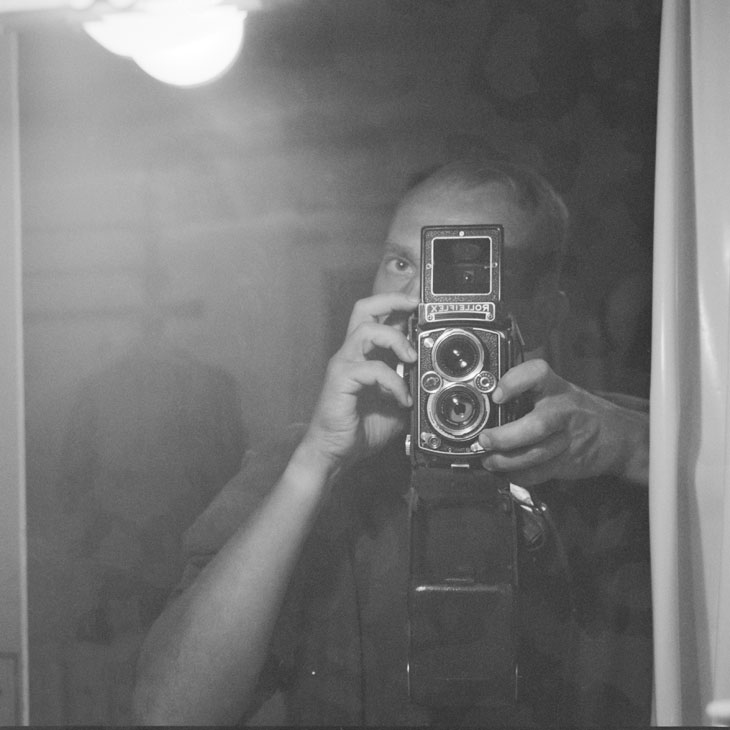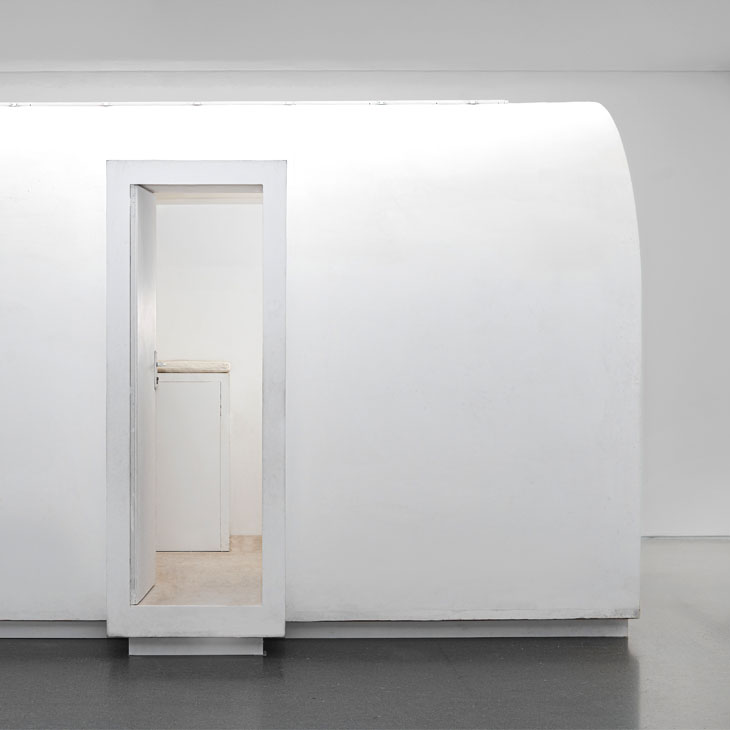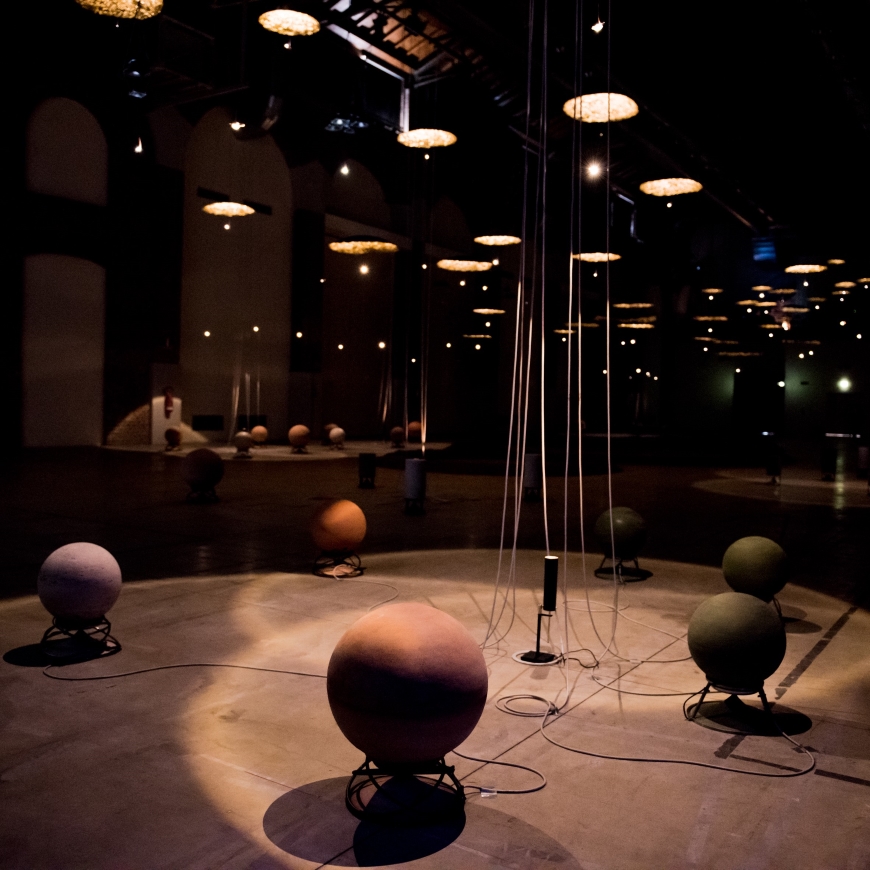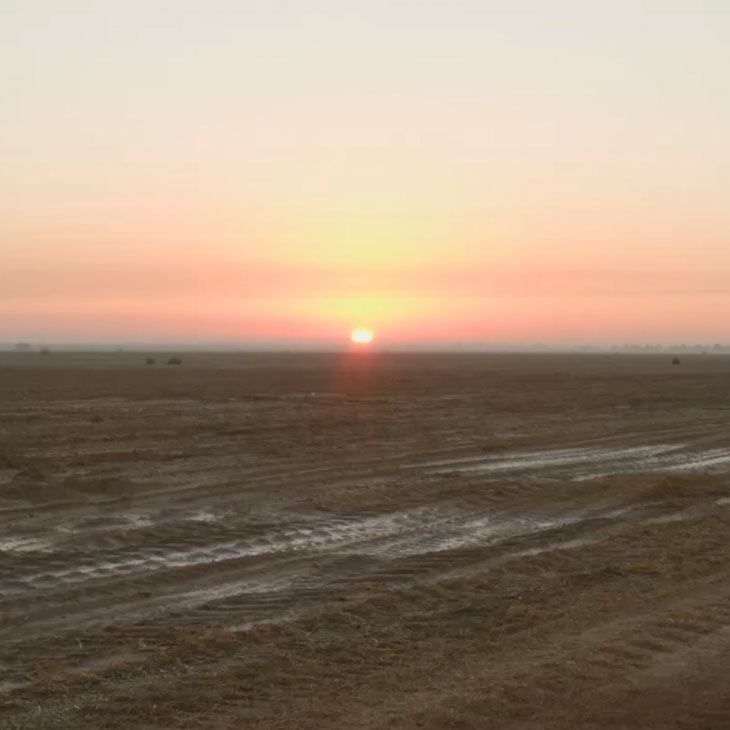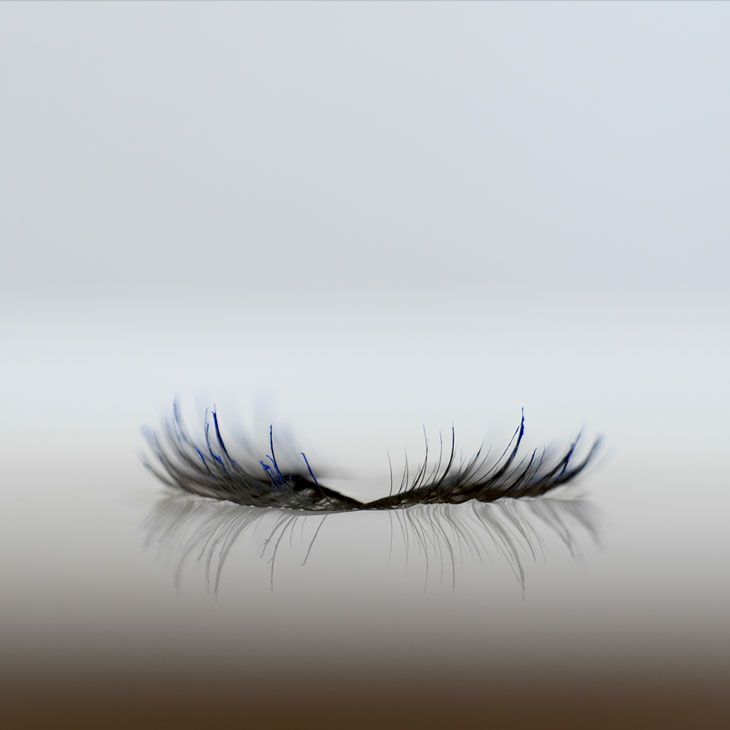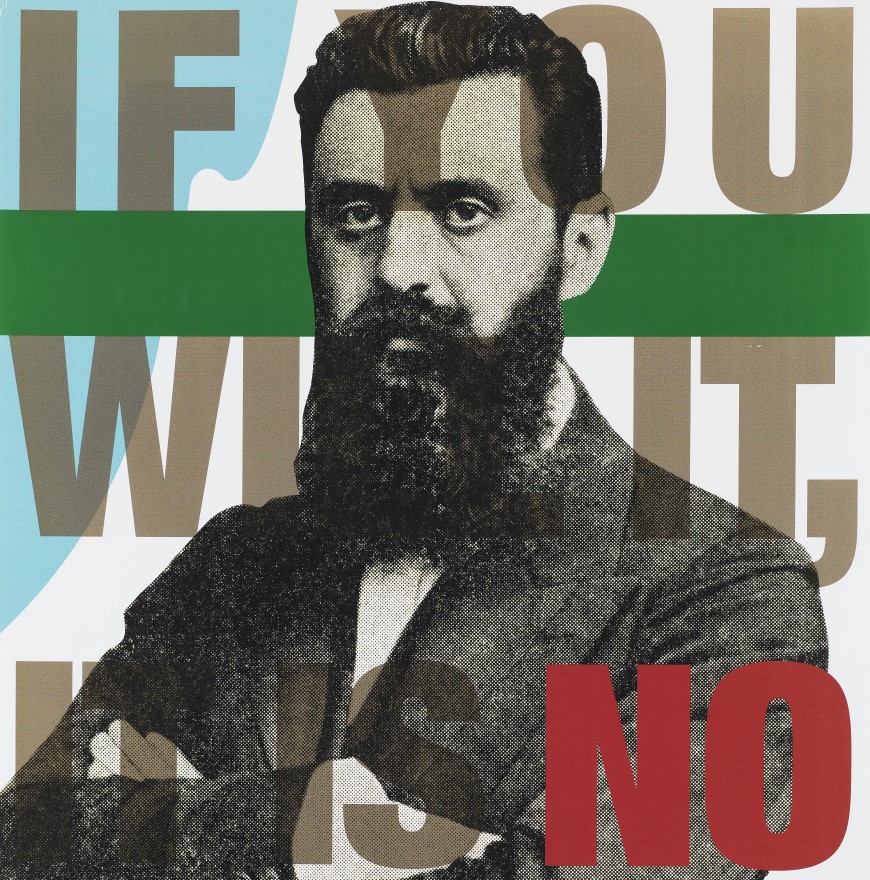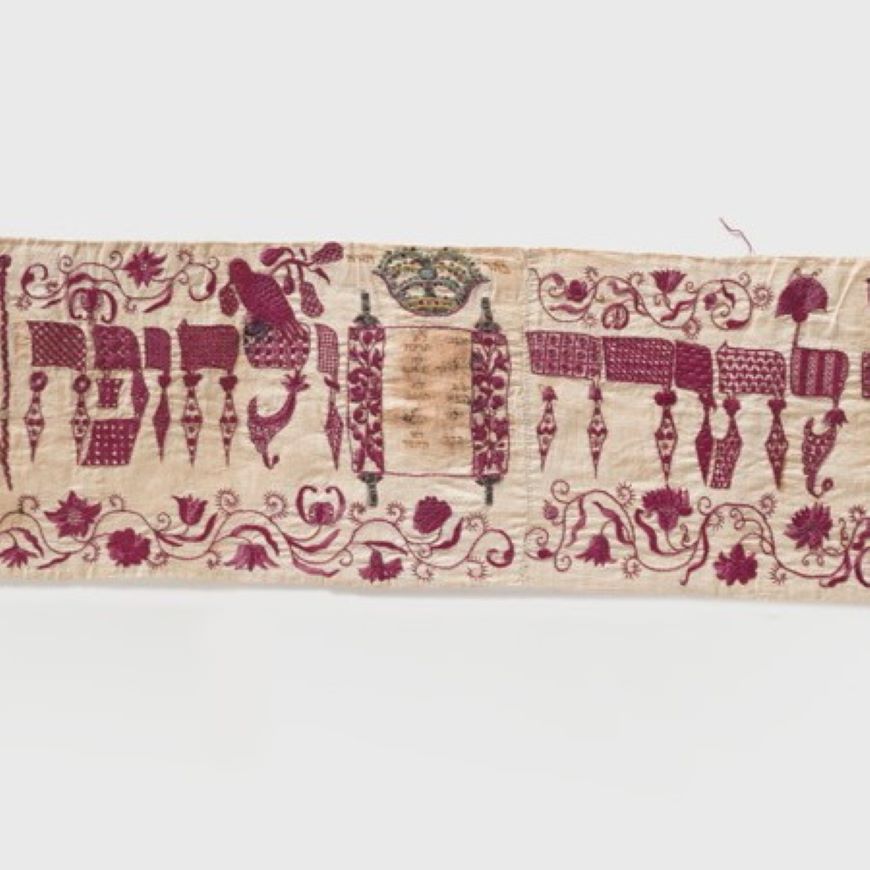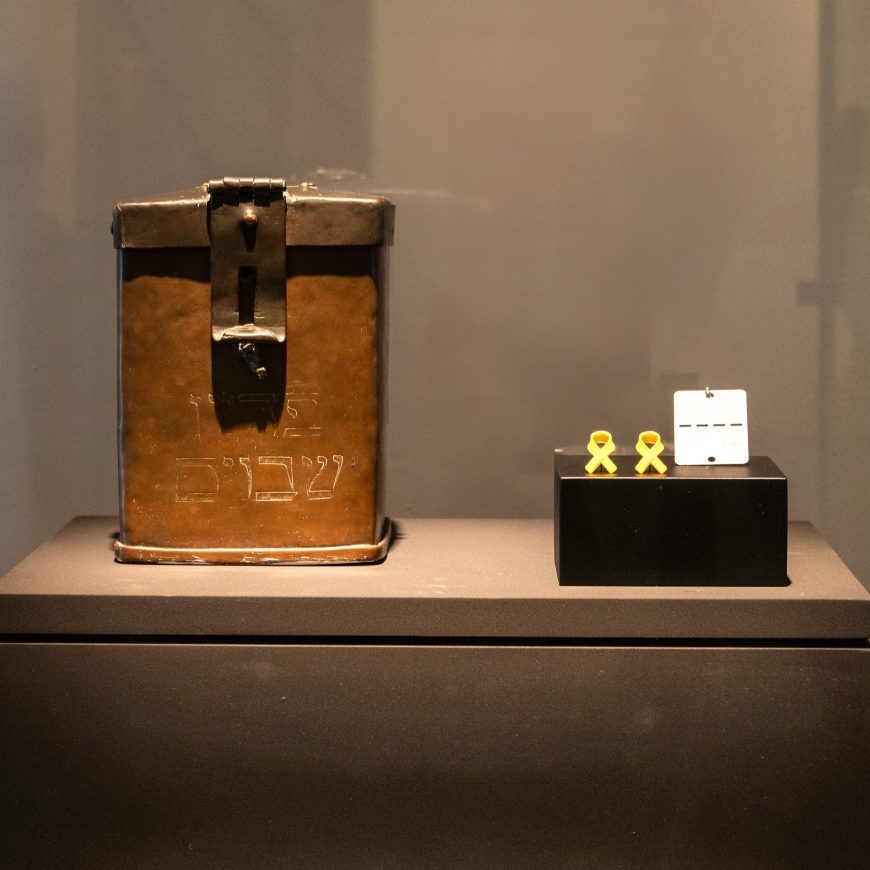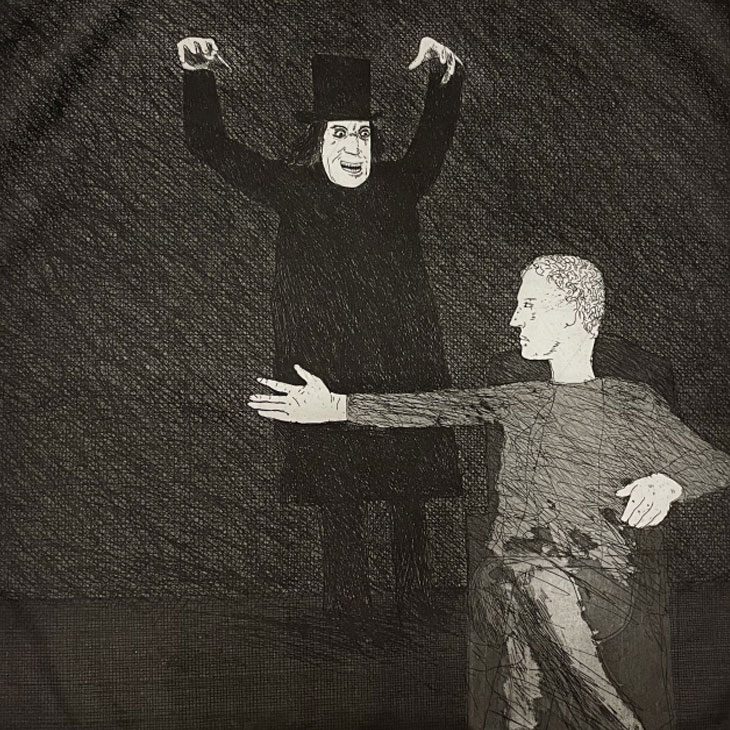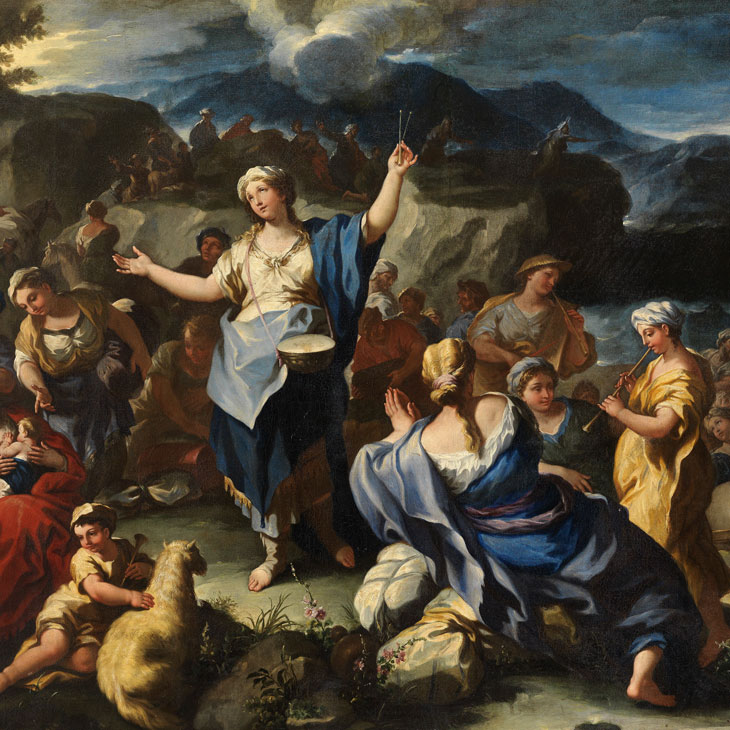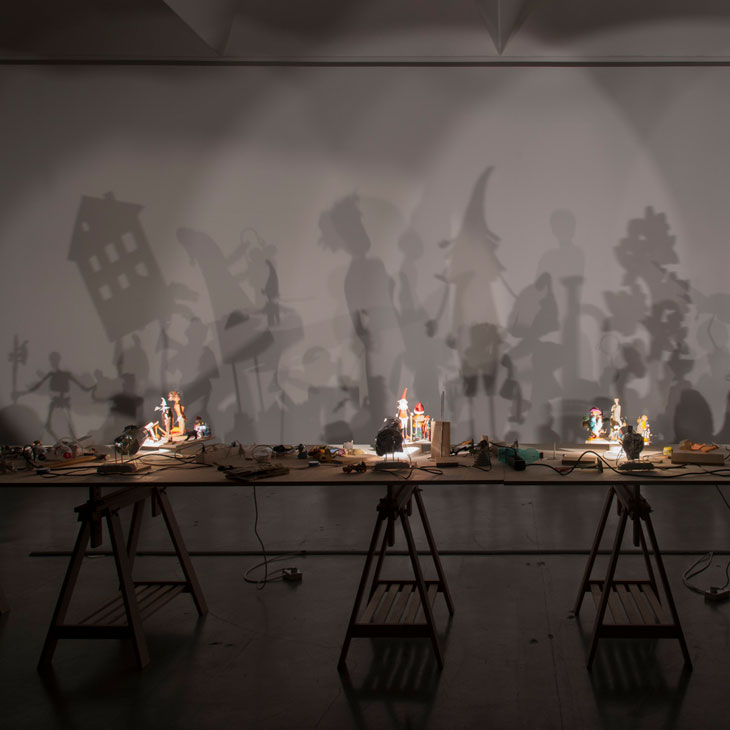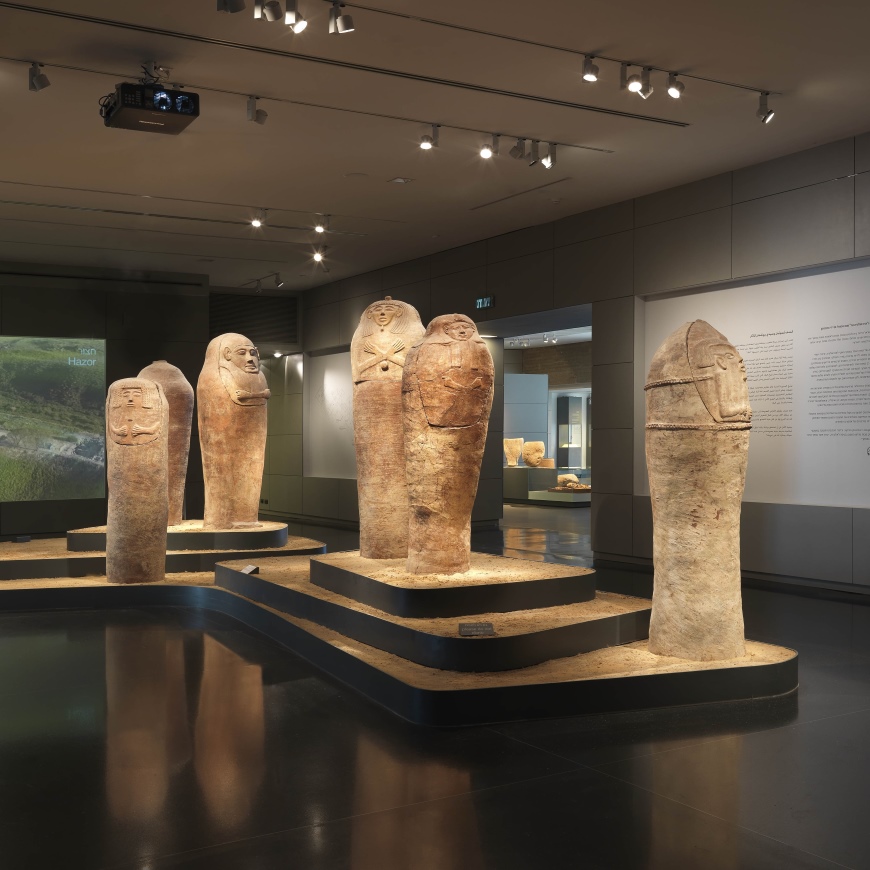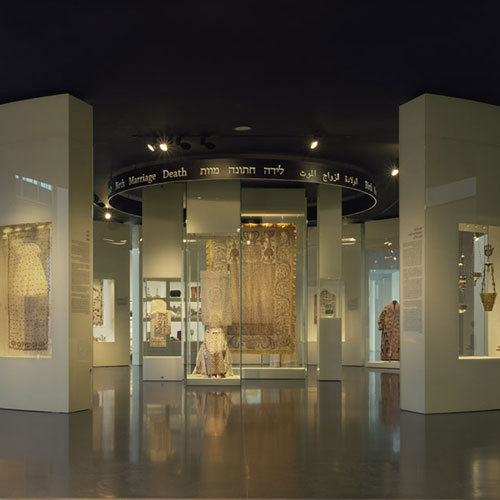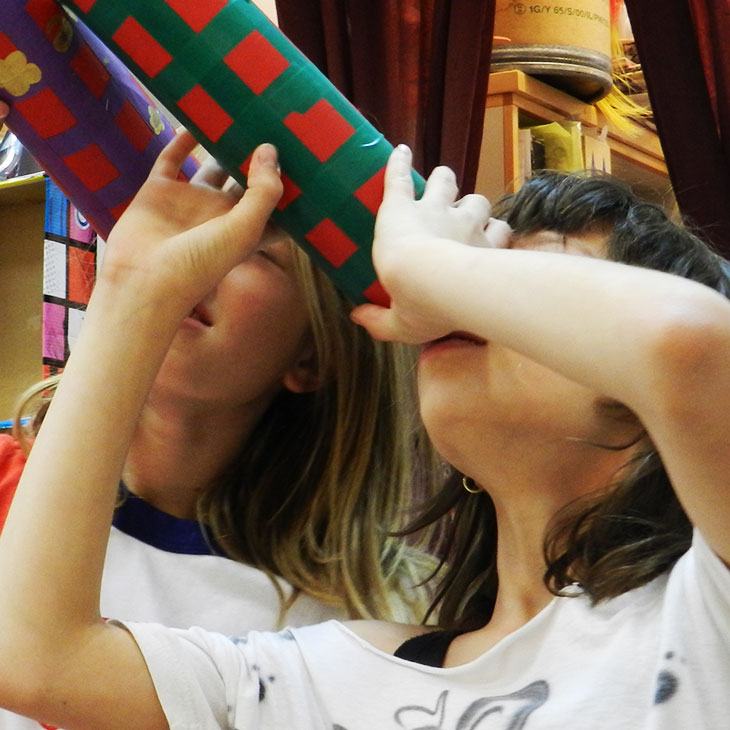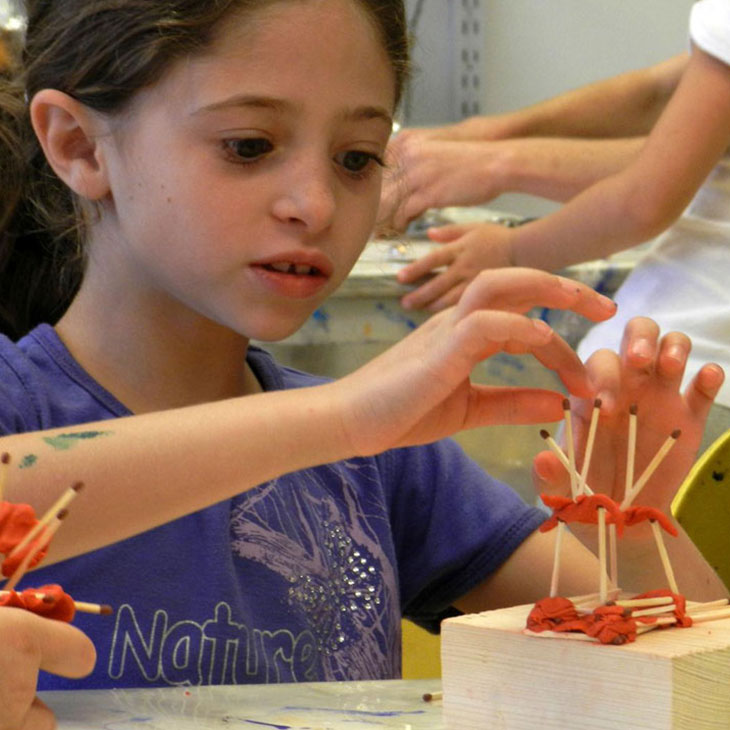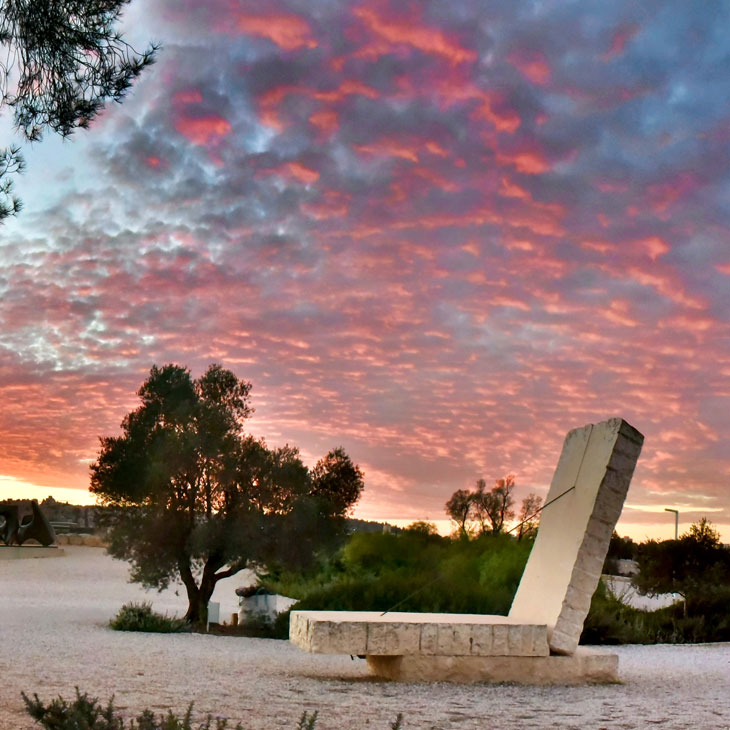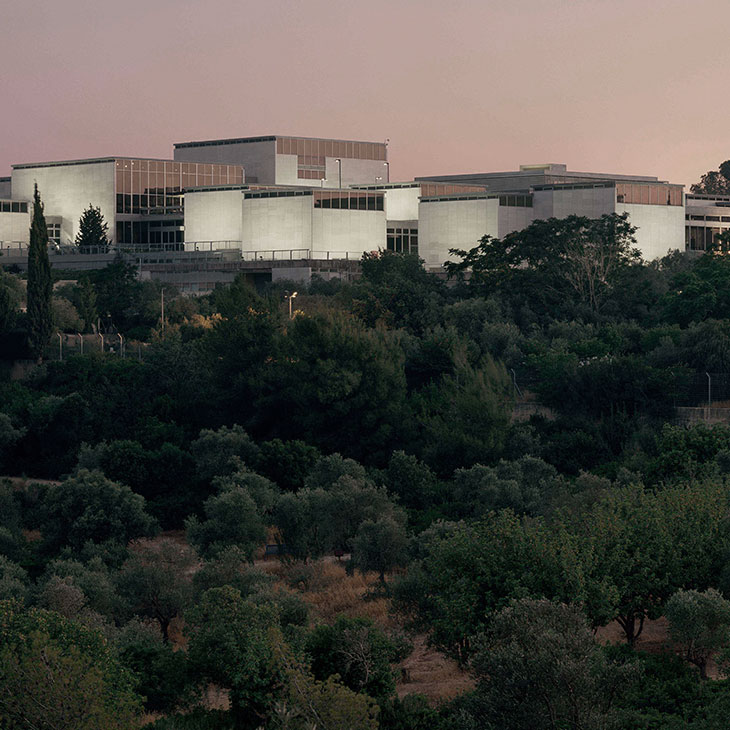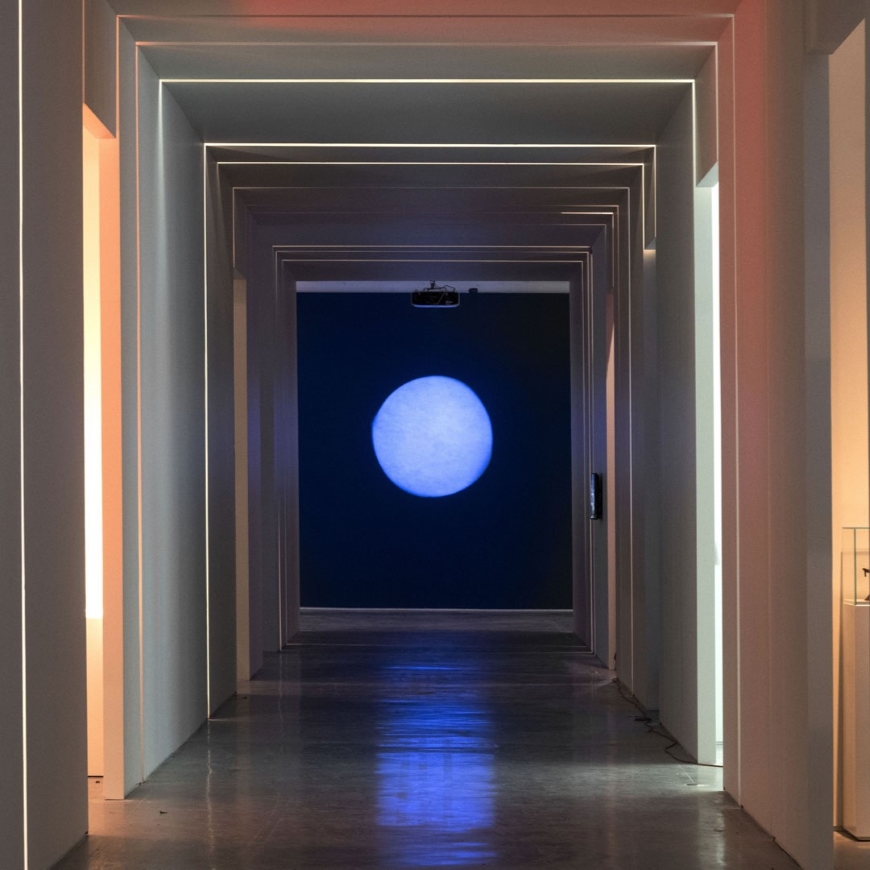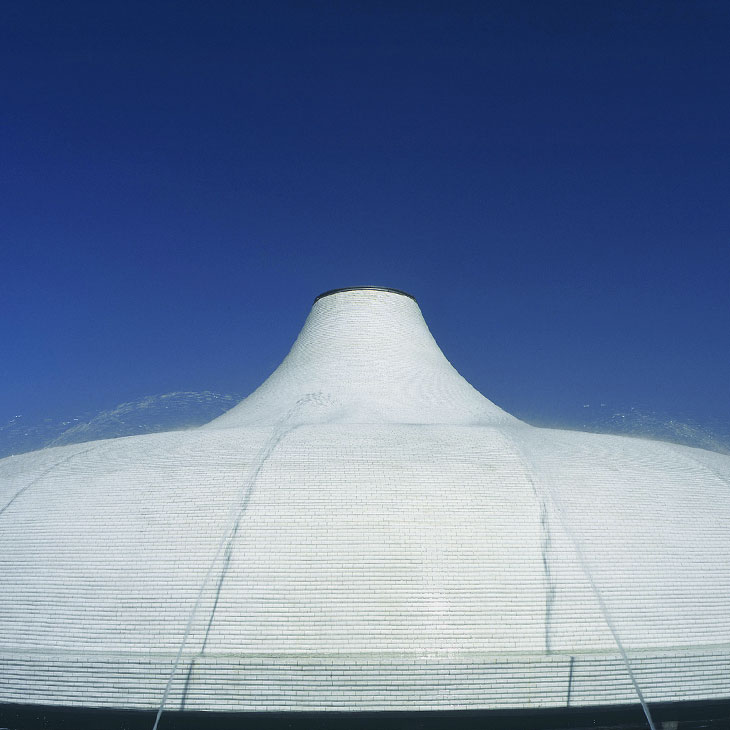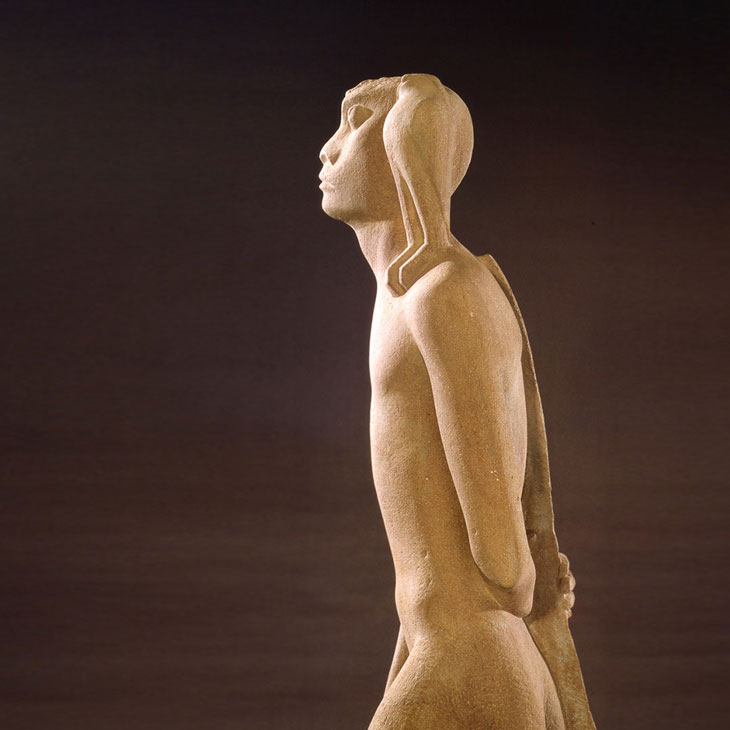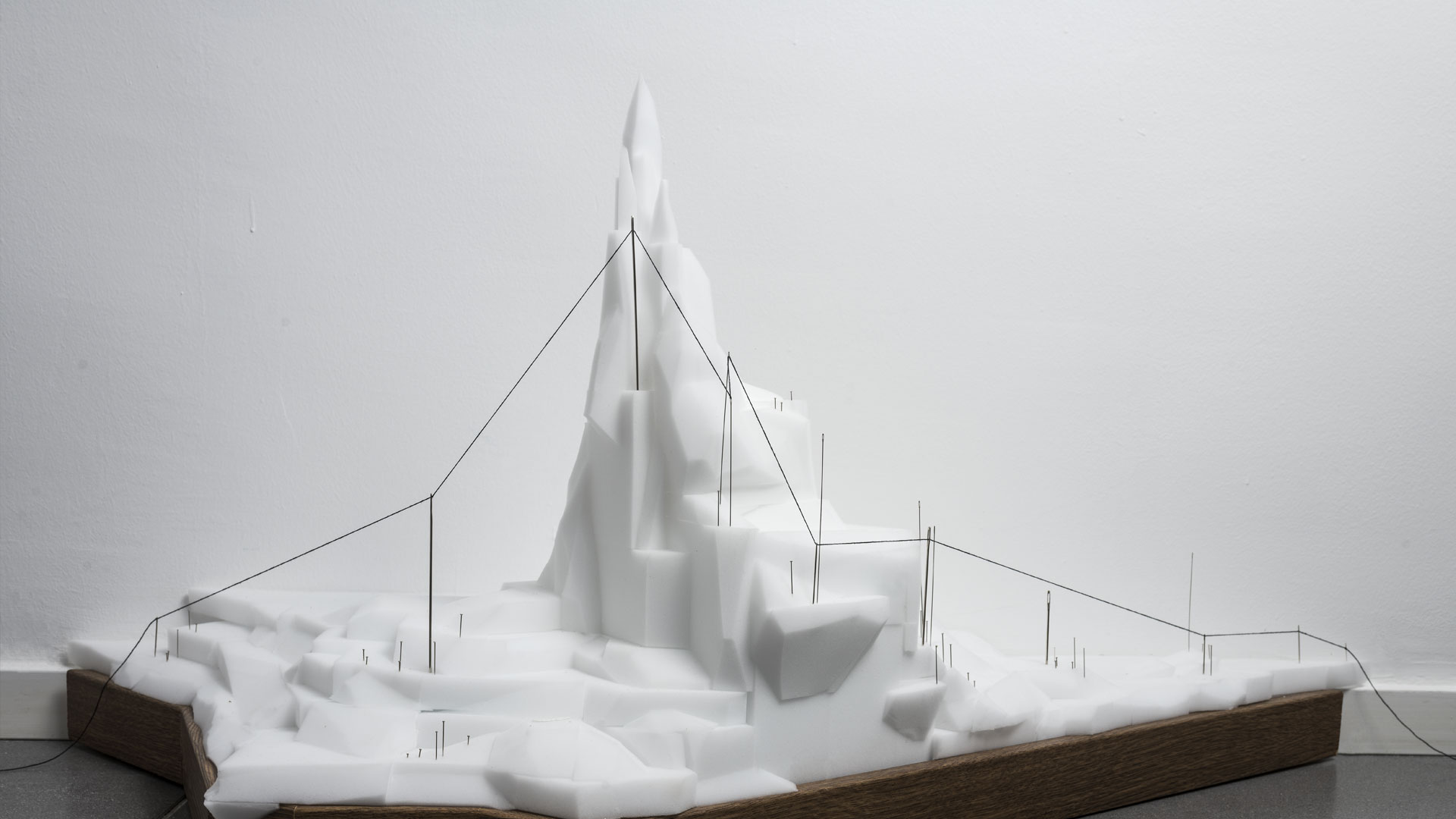
Inbal Hoffman: Mundane Heights
Ticho House
-
October 29 2020 - December 7 2021
Curator: Shua Ben-Ari
Designer: Oz Biri
-
- Artist: Inbal Hoffman
Every morning artist Inbal Hoffman wakes her children up, makes them breakfast and prepares sandwiches for recess, checks that they have everything they need, and walks them to school. After that, she stops at the neighborhood grocery store to pick up supplies for lunch, comes home, checks that her plants have been watered, moves laundry from the washing machine to the dryer, empties the dishwasher, and takes the garbage out. Only then is she able to go to her studio, where she sits in a red armchair and lets her imagination wander. Many of us have daily routines that are similarly filled with basic tasks – “life maintenance” – so that sometimes the place where we actually have time to think or read quietly is our workplace.
Hoffman is not alone in her studio. With her are mundane, uncherished articles from her day-to-day life: garbage bags, Styrofoam trays, “magic” cleaning sponges, watering hoses, and so on. Finding something beautiful in these materials, the artist gives them new life as she uses them to create fantastic sculptural landscapes. Hour after hour of painstaking work results in virtuoso artworks that raise us from the earthbound ordinary to the heights of the sublime.
Inbal Hoffman was born in Haifa in 1973 and did her Master’s degree in Fine Arts at Jerusalem’s Bezalel Academy. Beginning as a designer and illustrator, she came to focus on sculpture and installation art. In recent years, her work has been featured in solo and group shows in Israel and abroad. “Mundane Heights” is Hoffman’s first exhibition at the Israel Museum.
Exhibition made possible by Ticho House Fund
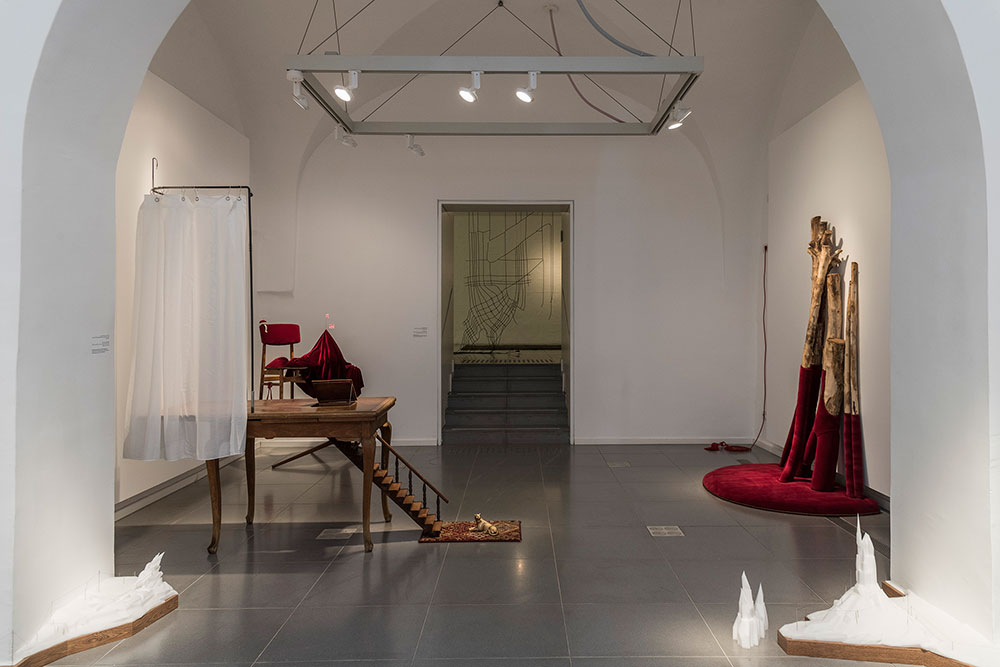
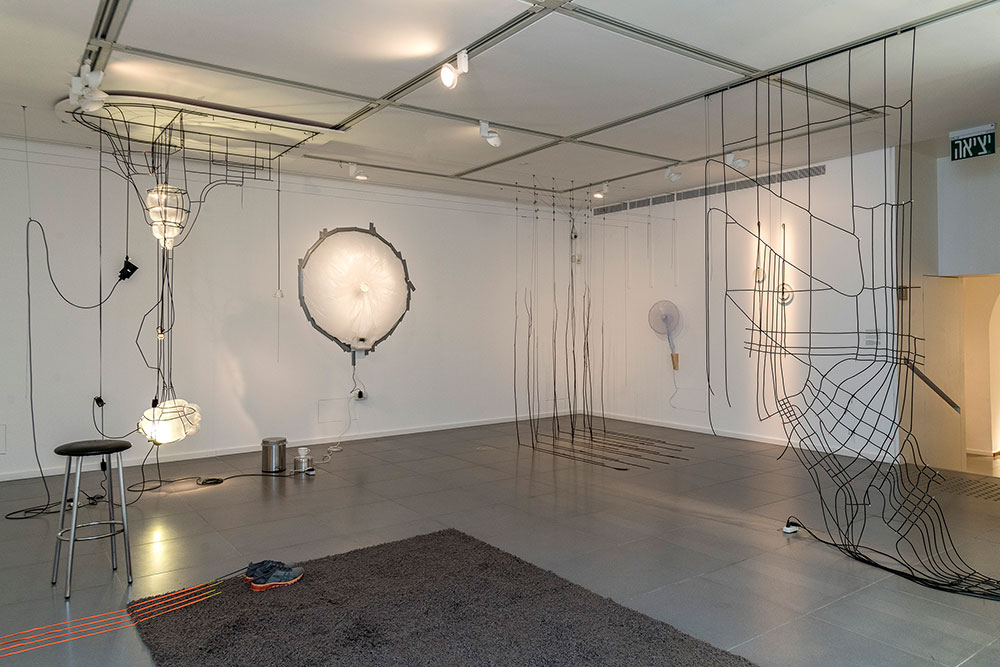
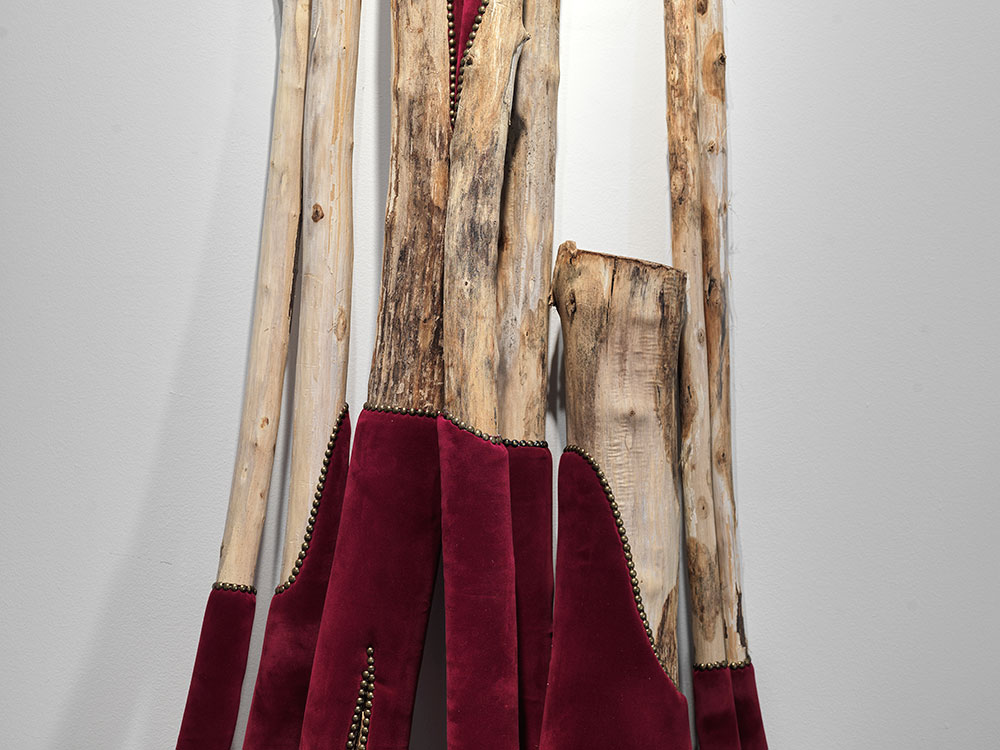
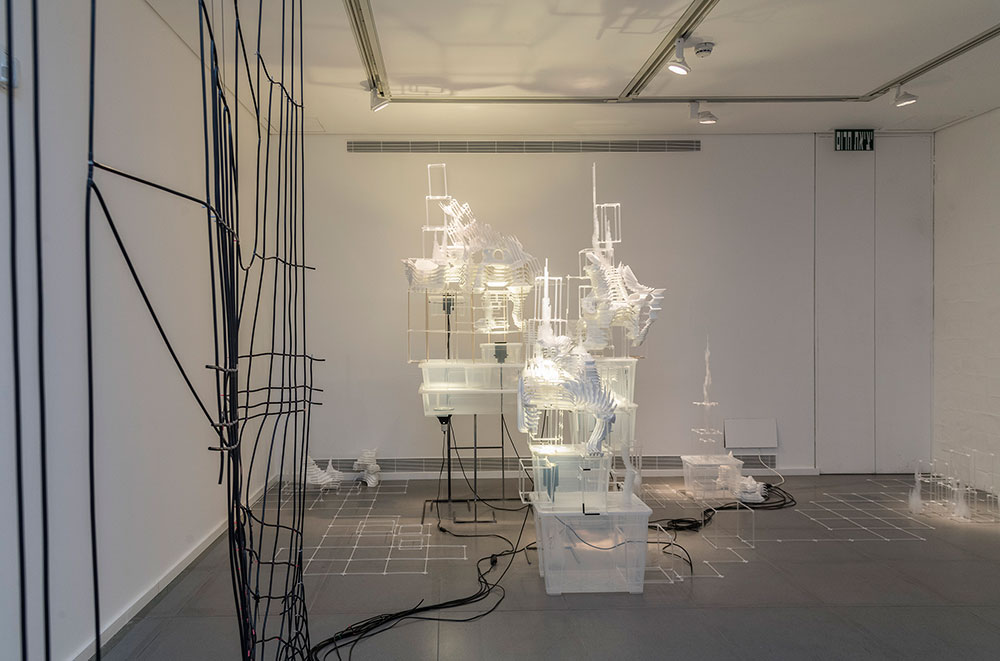
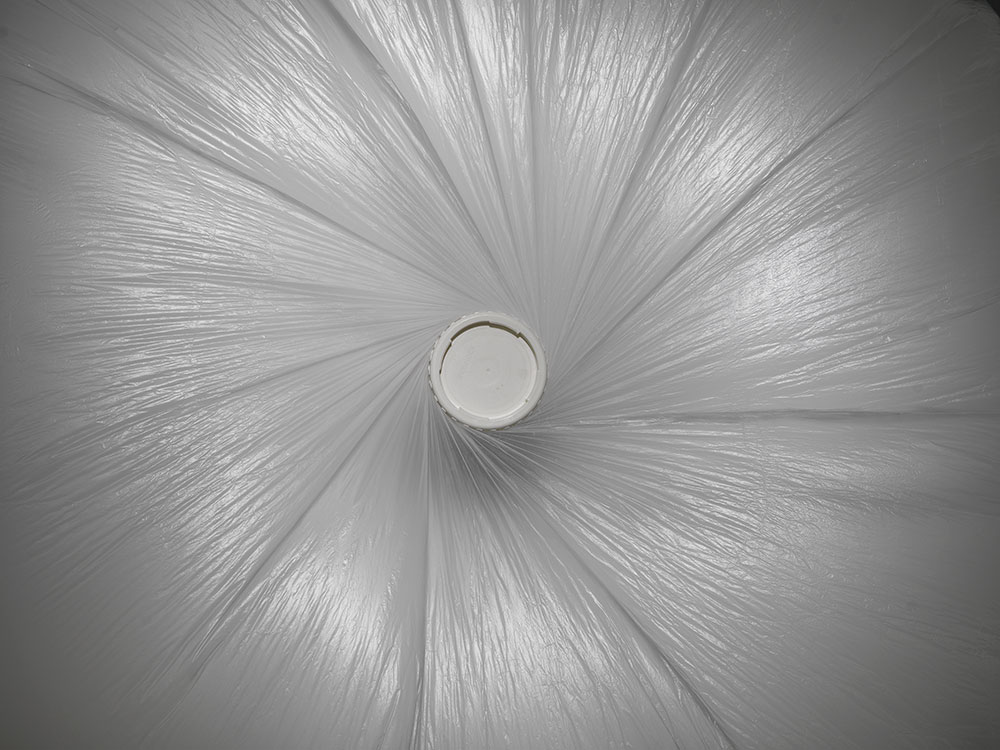

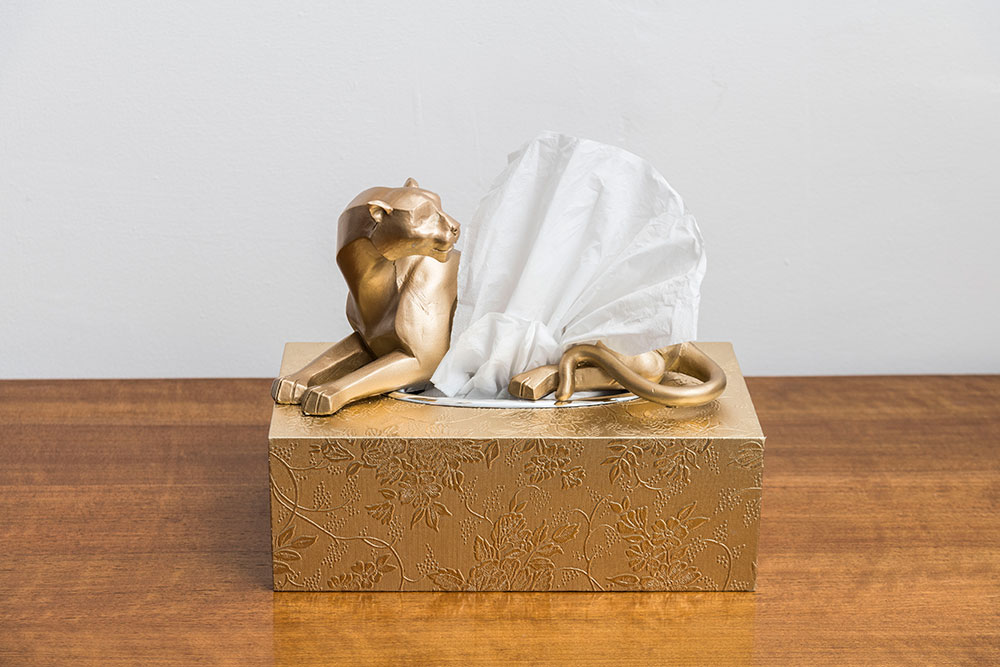
Photos by Elie Posner
- Apr 21Apr 24Apr 28May 05May 08May 12May 15May 19May 22May 26May 29
- Apr 21Apr 28May 05May 12May 19May 26
- May 05May 12May 19May 26
- May 06May 13May 20May 27
- May 13May 20May 27
- May 06May 13May 20May 27
- May 15
- May 08May 15May 22May 29
- May 08May 15May 15May 22May 29
- May 08May 15May 22May 29
- Apr 24May 08May 15May 22May 29
- Apr 21Apr 24Apr 28May 05May 08May 15May 19May 22May 26May 29
- Apr 26May 02May 03May 09May 10May 16May 17May 23May 24May 30May 31
- May 03May 10May 17May 24May 31
